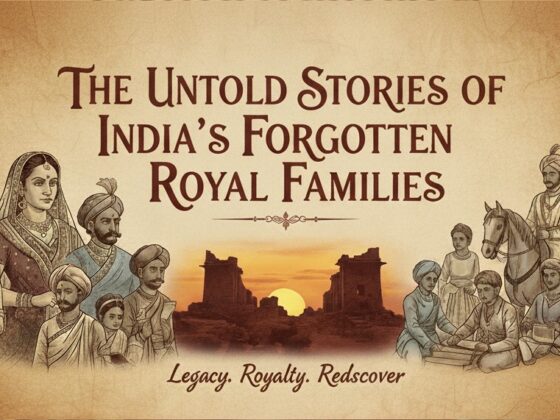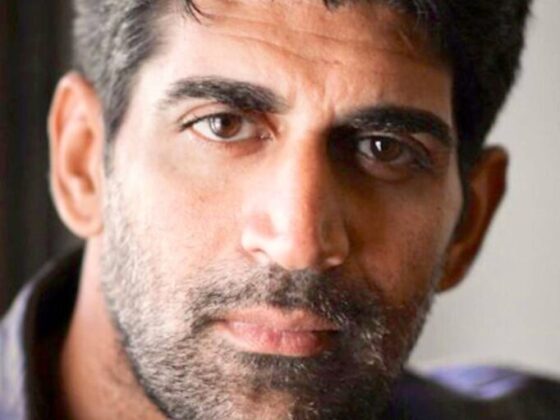Sawai Madhav Singh II: The Rajput King Who Modernized Jaipur

Introduction
Jaipur, the Pink City of India, is renowned for its stunning architecture, rich history, and vibrant culture. While many Rajput kings contributed to its glory, Sawai Madhav Singh II played a crucial role in modernizing Jaipur in the late 19th and early 20th centuries. A progressive thinker and a strategic ruler, he initiated significant reforms in infrastructure, education, healthcare, and governance while maintaining the essence of Rajput heritage. His vision ensured Jaipur’s transformation into a well-planned and sustainable city.
Early Life & Ascension to the Throne
Born in 1861, Sawai Madhav Singh II belonged to the prestigious Kachwaha dynasty. He ascended the throne of Jaipur in 1880 at a time when India was under British colonial rule. His reign lasted until 1922, during which he navigated the delicate balance between British administration and indigenous self-governance.
Despite the constraints of colonial oversight, he implemented reforms that significantly improved Jaipur’s socio-economic landscape.
Modernization of Jaipur: His Major Contributions
Sawai Madhav Singh II embarked on an ambitious journey to modernize Jaipur, introducing reforms that touched every aspect of life in the city.
1. Infrastructure Development
One of his most significant contributions was the development of Jaipur’s urban planning and infrastructure:
- Introduced modern road networks, ensuring smoother transportation.
- Implemented sanitation and drainage systems, enhancing public health.
- Built railway connections, linking Jaipur with major trade centers across India.
- Developed electricity supply, making Jaipur one of the earliest cities in India to benefit from electrification.
2. Educational Reforms
Understanding the importance of education, Sawai Madhav Singh II established numerous institutions to uplift literacy and intellectual growth:
- Founded Maharaja College and Jaipur School of Arts, fostering higher education.
- Introduced Western-style education, while also preserving traditional learning.
- Encouraged female education, leading to the establishment of Maharani Girls’ School.
- Supported scholarships for meritorious students to study abroad.
3. Strengthening Healthcare Facilities
Public health was another area where the king left a lasting impact:
- Established hospitals and dispensaries to provide free medical care.
- Introduced sanitation programs to control the spread of diseases like cholera and smallpox.
- Encouraged the practice of vaccination among citizens.
4. Administrative & Governance Reforms
A visionary ruler, Sawai Madhav Singh II worked towards an efficient governance system:
- Introduced judicial reforms, improving the legal framework in Jaipur.
- Enhanced law and order, reducing crime and promoting civic discipline.
- Streamlined taxation policies, ensuring economic stability.
- Maintained cordial relations with the British, securing Jaipur’s political stability.
5. Cultural and Architectural Contributions
Despite his focus on modernization, Sawai Madhav Singh II remained committed to preserving Jaipur’s architectural and cultural heritage:
- Encouraged the revival of traditional arts, including Rajput painting and craftsmanship.
- Built and restored palaces, gardens, and temples, including contributions to City Palace and Albert Hall Museum.
- Supported festivals and cultural events, promoting Jaipur as a hub of Rajasthani heritage.
Challenges & Legacy
Sawai Madhav Singh II ruled during a period of colonial interference, yet he managed to safeguard Jaipur’s sovereignty and traditions while embracing modernization.
His progressive policies laid the foundation for Jaipur’s growth, shaping it into a city that seamlessly blends modernity with tradition. His foresight continues to benefit Jaipur, making it one of India’s most well-planned and developed historical cities.
Conclusion
Sawai Madhav Singh II was more than just a ruler—he was a visionary leader, reformist, and cultural patron. His efforts in urban planning, education, healthcare, and governance set the stage for Jaipur’s emergence as a modern city while upholding its regal charm. Today, Jaipur stands as a testament to his enduring legacy, attracting millions of visitors who marvel at its beauty and development.
By modernizing Jaipur while preserving its historical essence, Sawai Madhav Singh II cemented his place as one of the greatest Rajput rulers in Indian history.








